Nobunaga has begun his campaign to conquer Kyoto. Using Karma, a magical energy, he has turned into a demonic dragon. With his dark powers, he is summoning demons to fight for him and turning all who fall in battle into monsters. The Lords, who stand against Nobunaga, wield Karma hoping to give them the strength to defeat him but only turning them into uncontrollable demons. The only hope of stopping him is four heroes who are capable of absorbing and using the power of karma while keeping their humanity. You are one of these heroes. You must battle your way through Nobunaga’s forces and the demonic lords, taking their karma and using it to grant you new powers. Can you stop the mighty wicked dragon, Nobunaga?
SADAME is a Japanese action-RPG developed by Mebius and published by Rising Star Games. The game released on Nintendo 3DS through the Nintendo eShop on February 25th, 2016. SADAME delivers on the action and has fantastic art but fails in nearly every other way. With mostly useless spells, repetitive gameplay and complete imbalance with bosses and enemies, there is much frustration to be found.
Humanities last hope
SADAME is set in 16th century Japan where Oda Nobunaga a powerful daimyo (feudal lord) has started his campaign to conquer Kyoto. The plot to SADAME revolves around the player battling their way through the forces of Nobunaga, defeating the corrupted Lords, and absorbing their Karma. Karma is a powerful energy that grants special abilities, but only a few can control it and remain human.
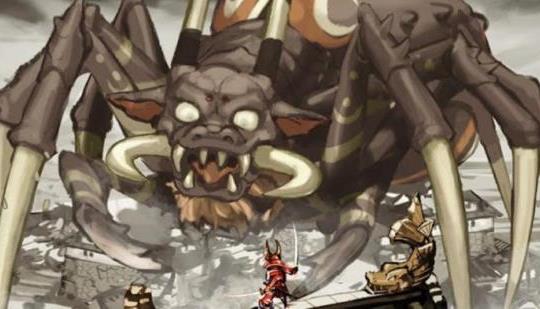
The game starts where the player is attempting to reach the war camp of Shingen, the general of the army fighting against Nobunaga. Upon arriving, however, Shingen has already consumed Karma in hopes of being able to control its power and defeat Nobunaga.
He is unable to control it and turns into a giant two-headed tiger. The player then fights Shingen, eventually beating but not killing him and absorbing his karma, returning him back into human form. From here the player then joins Shingen in his mission to defeat Nobunaga.
The overall plot of the game is quite simplistic and solely revolves around defeating Nobunaga. It is historical to an almost microscopic degree as Oda Nobunaga did invade Kyoto in 1568, a location you visit during the game.
Overall, the story line is quite bland, but it does pick up slightly towards the end with a few amusing moments along with throwing in a not so heroic sacrifice. If a plot is what you look for in a game, SADAME will not give what you require.
The Four Heroes
There is a total of four characters for the player to choose. Each character has their weapons, attacks, spells and special abilities and reason for battle. The Samurai focuses on joining Shingen in the war against Nobunaga and uses his Ki to deflect damage.
The Monk enters the battle due to his search for his sister, and any spell he casts imbues his weapons with elemental damage. The Ninja has an unknown grudge, and all spells cost only 20 Ki. The final character is the Rogue, who hunts demons and she can use support spells indefinitely.
Each character has a very different play style, but they are very unbalanced. The Samurai is a one-man army killing machine that can withstand most enemies and bosses without any problems. This power is due to his unique ability Foresight where his Ki deflects damage.
It makes him the easiest by far of the characters to use and ideal for the single player while the other characters are far weaker and die with ease in comparison. After playing the Samurai from the start, due to melee classes being my first choice, I found it nearly impossible to play as any other character.
Their different attacks take much getting used to, and the lack of the Foresight skill (which only the Samurai possesses) resulted in me dying more often that I would like to admit. The characters are interesting but suffer greatly from an imbalance with one being incredibly overpowered while the others end up being the complete opposite.
Character Development
The player gains experience throughout each level by killing enemies. The more enemies they kill and the higher difficulty they play, the more experience they gain. At the end of the level, the experience is then totaled and distributed to the character. If the character has gained enough experience, they then level up.
The leveling system is very similar to that of Final Fantasy X. Each time the player levels up their character, they receive a point which they place into the upgrade of their choice on the Go-gyo. The design of the upgrades revolves around a table as shown below.
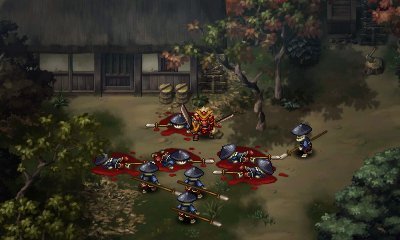
Each colour represents a different element and contains various power-ups in line with the element. Each element has seven areas on the table, and each area contains a total of thirty-six possible upgrades. The player can master a slot by activating six or more upgrades. Mastering a slot increases the players combo by one, allowing for a longer attack combo.
The more advanced areas of an element which have more powerful upgrades cost more points to master than that of earlier ones. Upgrades consist of increasing the players damage, HP, KI, Karma, Defence, Stats and so on and so forth.
As the player progresses throughout the game, they absorb Karma from bosses which they can equip–granting them special abilities which they activate during combat. Such abilities include healing and increasing damage as just two of the many that are available.
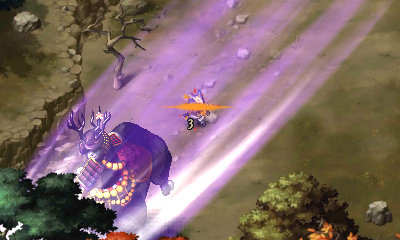
During each level, the player will collect various items that are dropped by enemies upon killing them, breaking crates and barrels, and opening chests. The further the player progresses and the higher the difficulty they play, the better the equipment they find.
Similar to that of most ARPG games, each item has a rarity level attached to it. The rarity levels range from basic to magic to rare to legendary. The higher the rarity level is, the more stat bonuses the item gives the player upon equipping it.
Weapons and armour also allow the player to cast spells. The issue with the spells is that most of them are completely useless. The reason they are useless is due to their casting time. By the time the player casts a spell, the enemies have either moved out of range or start ripping them to shreds cancelling the spell.
Like in the Diablo series, weapons and armour have the ability to have sockets in them in which the player can place gems. The gems then add additional bonuses to the item. The problem with the gem system is that the chances of an item having sockets for them are exceedingly rare to the point it is almost redundant.
Unbalanced and repetitive gameplay
The gameplay is very similar to that of Children of Mana. The player battles through several waves of enemies before being able to move on to the next area of the level. At the end of the level, there is a boss which the player must beat. Upon defeating the boss, the player gains its Karma, giving them a new ability to equip and use.
Individual levels give the player an option of two different directions to go; each choice then leads to a different level and boss. It offers a small amount of replayability as it gives the player more reason to play through on a higher difficulty or to return to the start of an act and make the second choice.
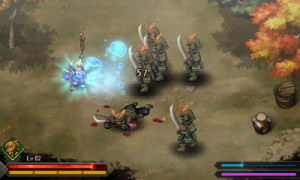
Standard enemies are push-overs which deal little damage and take not much more to kill; that is up until near the end of the game. During the last two acts of the game, certain enemies are capable of nearly instantly killing you. That is unless you are the Samurai, who can take more punishment.
The bosses, too, are equally as much of a push-over as the standard enemies, they are just much bigger and take much more damage. There are about three bosses which are a challenge to kill, but this is more due to the unbalanced damage of the minions that they spawn.
The final boss, Nobunaga himself, is potentially the biggest and easiest boss of all which you can kill by either standing there using brute force or pick him off from a distance with ease. I managed to reach the final act on the second difficulty before giving up.
The boss in Act 4-1 on Dusk Difficulty is practically impossible to beat on your own–even with the Samurai. It has a huge amount of health, and the minions it spawns deal huge amounts of damage which pummel you to the ground in no time.
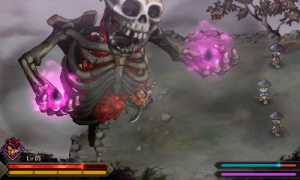
The game does allow the player to use the assist feature where the player can bring another one of their characters into battle or another player through StreetPass at the beginning of a level. The chances of finding another player through StreetPass with the same game is extremely unlikely, so it comes down to creating a second character.
The character that you choose to assist you will have all the items equipped that they did when you last used them. The assist feature is crucial to complete individual levels, especially in higher difficulty. However, I just couldn’t muster up the determination to create and level up a second character.
Overall, the gameplay is extremely repetitive; most bosses are walk-overs, and the standard enemies are completely unbalanced. It leads to an experience that is interesting and fun to begin with but quickly gets boring.
A wasted opportunity
SADAME has everything to make it a potentially great game, but in its current state, it is nothing but a repetitive mess of frustration. There is no denying the game has beautiful art and soundtrack, not to mention quite an in-depth character development system.
Despite that, the gameplay is extremely repetitive, and the enemies and difficulties are entirely unbalanced to the point it makes the game nearly unplayable without using the assist mechanic. Such a mechanic should never be mandatory for a player to complete a game that is essentially single player.
SADAME has all the potential to become one of the best of its genre on handheld devices, but right now it just leads to nothing more than frustration. It is a game I would still pick up and play once in a while due to the grinding addict within me, but it is far from a game you would play for extended periods of time.
SADAME is available to buy on the Nintendo eShop for €14.99 ($14.99).
IMAGE SOURCES: Go Nintendo and Legendra

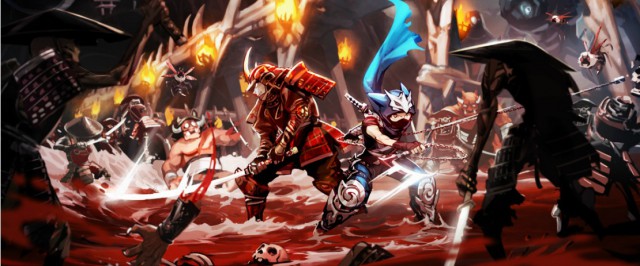






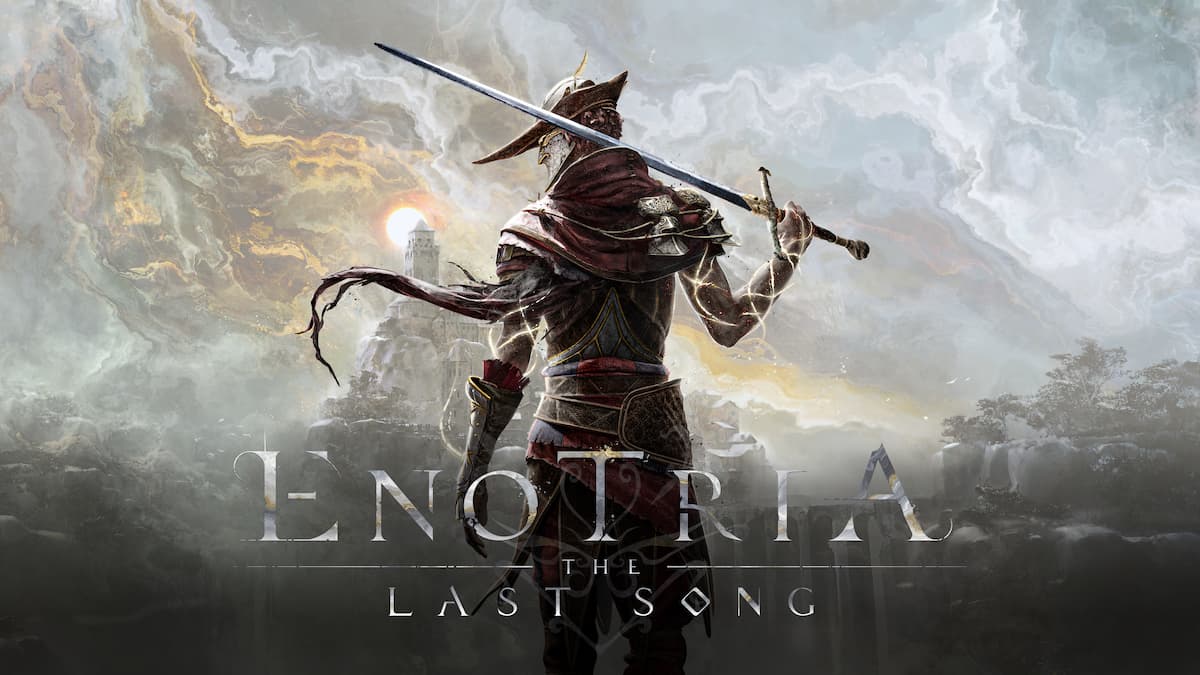
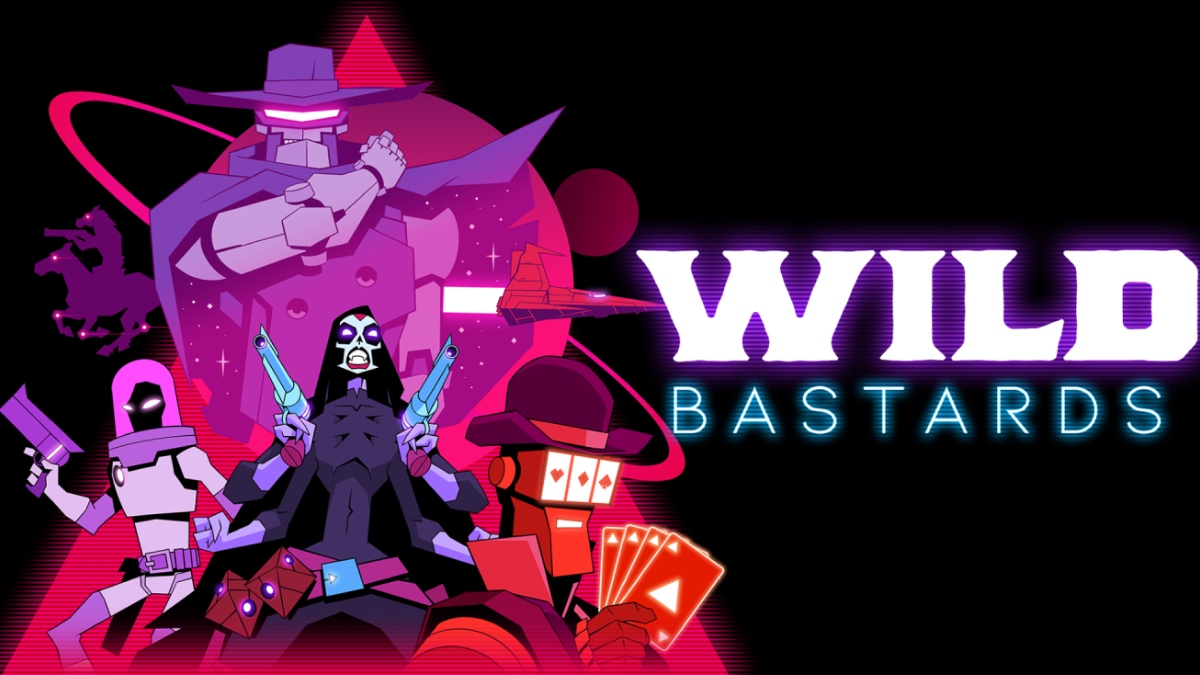

Published: Mar 22, 2016 05:40 am